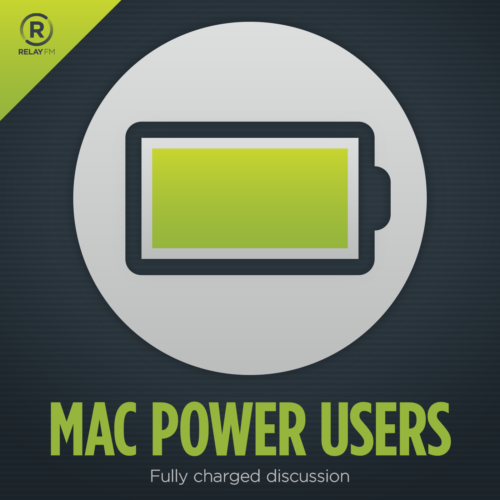
Peak Design is a company specializing in various bags and cases. They make some excellent (and opinionated) gear. They sell many of their new products via Kickstarter and often manage to hook me with their very polished campaigns.
For instance, a while ago, they announced they would be making an iPhone case. I was curious, and I backed the project. While the Peak Design iPhone case was going through design and iteration, Apple released a new iPhone and, thanks to a nifty email from Peak Design, I was able to change my reservation for my new iPhone 13 Pro. A few weeks ago, the case arrived. I’ve been using it ever since and wanted to share some initial impressions.
THE CASE

The case is made of a rugged rubber-ish / plastic-ish material that fits nicely around my phone. The slightly rounded back has a fabric-feeling texture that is very easy to grip and slide in and out of my pockets. The buttons are not independent of the case, like they are with the Apple leather cases, but they press easily and get the job done. The front lip of the case surrounds the front of the iPhone, which I like. There is no problem with swipe gestures with this case.
On the back of the case is a square divot that serves as a more stable mounting point with some of the accessories. More on that later. Also, the case is MagSafe compatible, and it has worked fine with my MagSafe battery, charger, and wallet. I was even able to get the MagSafe pop socket to work with it.
There are two versions of the case. One has a loop on the back to thread your finger through, like a low-profile pop socket. The other version does not have the loop. I elected the case sans loop in that my iPhone is easy enough to handle without it. If I was sporting an iPhone Pro Max, I might have gone for the loop.
THE SYSTEM
Peak Design has done an excellent job of building all of its products into its system. Different products efficiently work with other products. Moreover, they’ve been so successful over the years that a lot of third-party accessory makers also use their sizes, like, for instance, their tripod mount plate.

The new Peak Design iPhone case is no different. Peak Design has built an entire ecosystem around this case. They have a lot of options: magnetic mounts, charging mounts, bicycle mounts, and a clever creator’s mount (pictured) that lets you mount to a tripod or an action camera mount. While the magnetic mount is excellent, if you need something more stable, the locking attachment system is the best I’ve ever seen integrated into an iPhone case.
Of course Peak Design makes an excellent iPhone case system. It’s pricey, and I don’t think it’s for everyone, but if you want a complete, entirely reliable iPhone case, that you can lock into a mount with certainty it will remain stable, this is probably the one.









